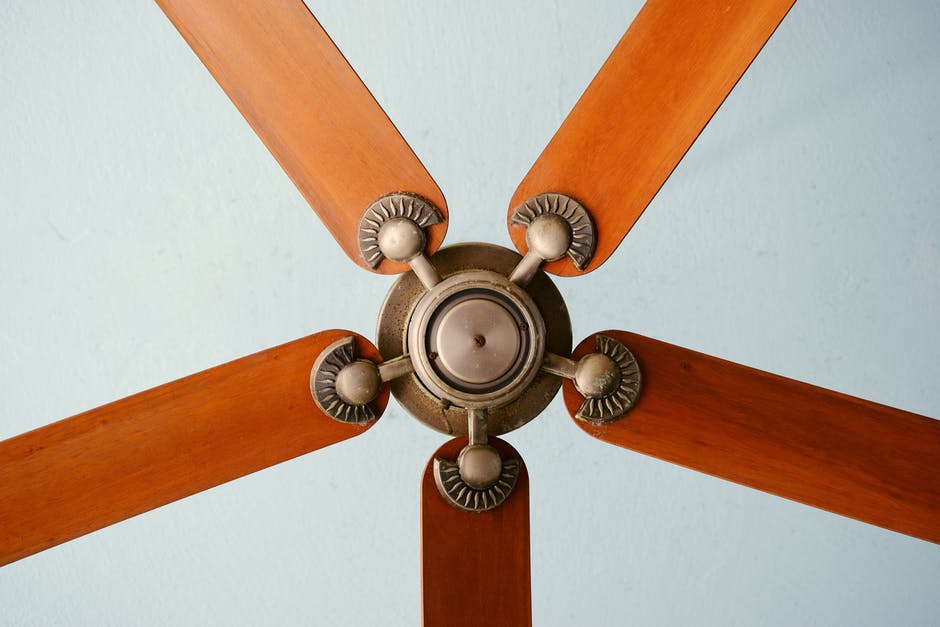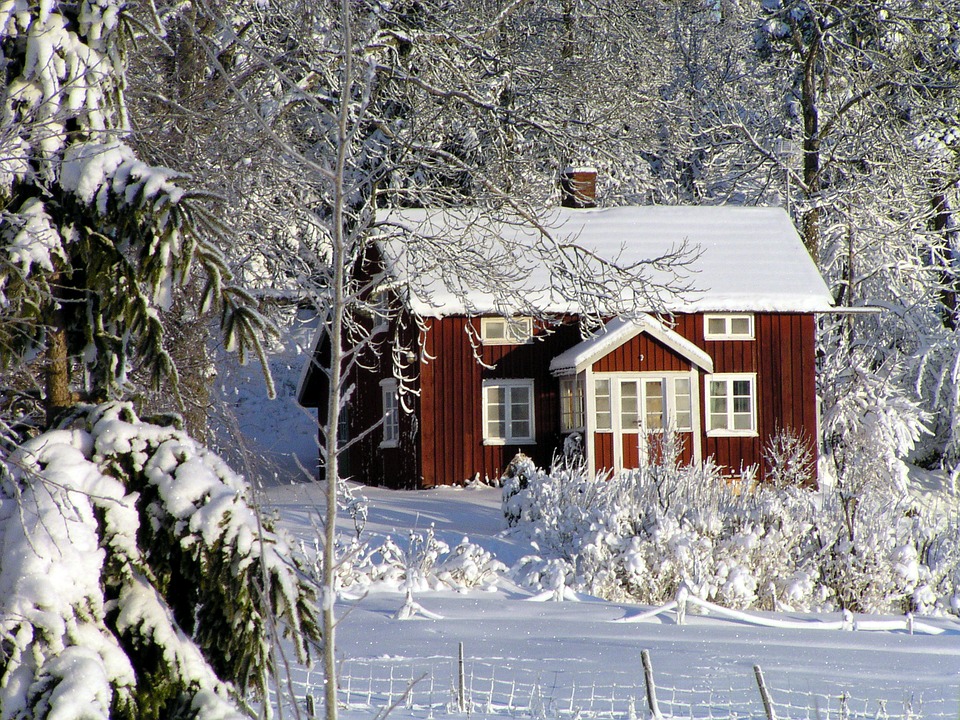I have always heard that if you put in the work now, you will be more than grateful come the middle of winter. And to be honest, I am a firm believer in this statement. That is why I am diligent about getting my rental home winterized by no later than the first of November each and every year.
There are many different ideas on what you should and should not do in the winterizing of your home. Everyone has what they consider a tried and true method, that they have used year after year. Like them, I have my own tried and true methods. However, for this article, I am going to cover several methods that seem to be the most suggested by the majority of experts and those with hands-on experience.
Furnace Filters
This is more of a monthly, all winter, maintenance rather than a one-off as a lot of these will be. Many people think that they only need to change their filters in the spring and the fall. However, your furnace filters are continuously getting dirty, and never more so than in the winter months. As the dirt builds up on the filters, air flow becomes restricted which will interfere with the amount of heat produced as well as increase your energy bill.
Ceiling Fans
The common thought is that fans are used during the summer months to cool, which is true. However, did you know there was a setting on your ceiling fan that will make it go in reverse? While in the counter-clockwise position, you will receive cooling breezes. On the other hand, in the clockwise position, the air will be warmer. This is because warm air rises, and with the use of ceiling fan, you can push that warm air down from the ceiling and better benefit from it.

When the ceiling fan goes clockwise position, the air will be warmer.
Window A/C Unit
This is one that I myself perform each spring and winter—the installation and removal of my window A/C. I also have one window A/C that is permanent, that does not get removed from season to
season. For this unit, I have Styrofoam pieces that I place over the side panels, with a snug fit. I also weatherstrip around the entire unit, as well as placing an A/C cover on the outside portion of the unit. The first winter I did all this, I was amazed at the difference in temperature in my sitting room, where the A/C is located.
Vents Under The House
This is one of what I consider the most important winterizing steps one can take. In fact, this is the first step I get done, before anything else. Most all homes have vents under them, to allow air to move through and keep moisture from collecting under the foundation. Some require just a simple sliding back and forth of a shutter type closure. Others, like mine, take a little more time to winterize. With mine, I simply have pieces of heavy plastic, from a clear tarp, that I have cut a little bigger than the vent itself. I then remove the vent, place the plastic behind it, and put the vent piece back on. In the spring, I do the reverse. Again, I really feel a difference in the temperature of the floor when I cover the vents each winter.

Cold air comes in around windows and doors in the winter time, that is when you will wish you had taken the time to weather strip around these areas.
Weather Stripping
I can not emphasize enough the amount of cold air that comes in around windows and doors in the winter time. In the middle of winter, when old man winter is blowing his hardest, at times there can be a whistling sound. That is when you will wish you had taken the time to weather strip around these areas. This is perhaps one of the easiest methods in winterizing your home. Weather stripping can be bought just about anywhere, even Walmart, where I get mine. It comes in different thicknesses, depending on how large the gap is that you are trying to seal. Putting it up is as simple of measuring, cutting, removing the tape backing, and sticking it in place. Believe me, if I can do it anyone can.
These are just a few of the ways that you can get your home braced and ready for old man winter. A few minutes now will go a long way in the end. And not only will you be warmer, but you will save overall on your energy costs. That is what I call a win-win situation.




